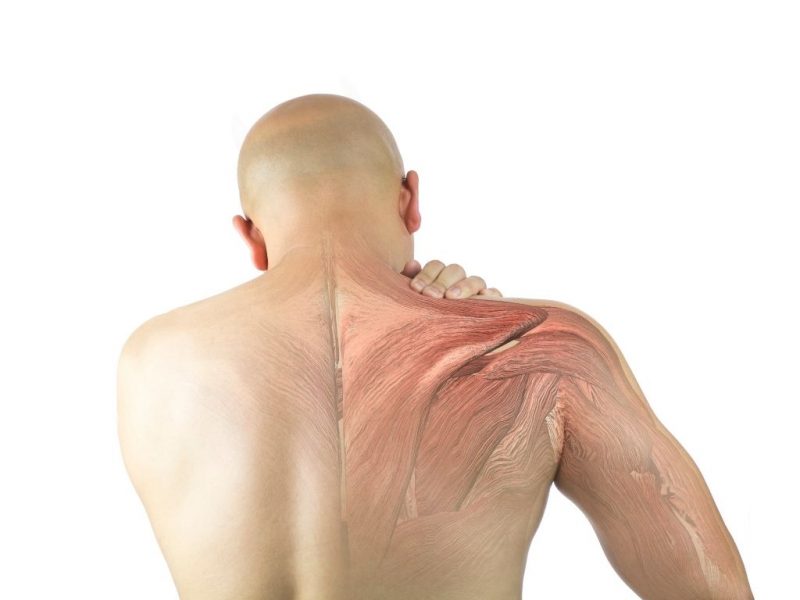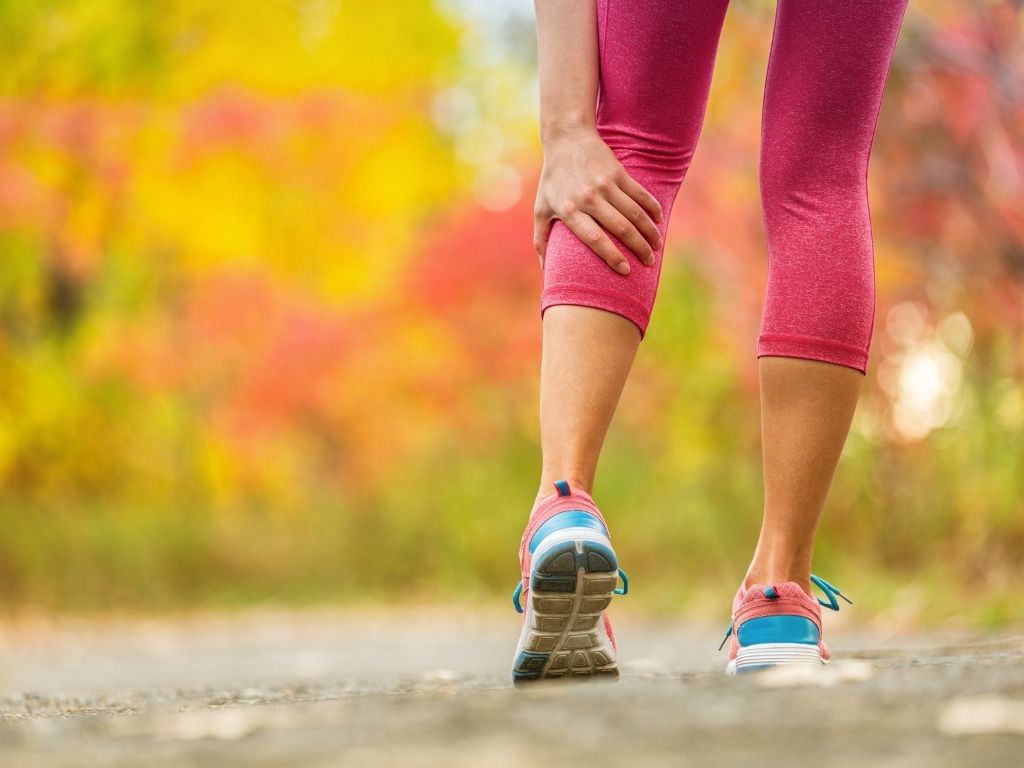There is good news and bad news regarding muscle soreness. The bad news is that if you have not done physical exercise for a while, you will definitely have sore muscles after the first (few) training. The good news is that if you exercise on a regular basis, and do a thorough warm-up as well as stretching, you can forget about soreness in your muscles.
Reading our article will help you with all your questions regarding sore muscles:
- What is muscle soreness and what are its symptoms?
- What can we do to prevent muscle soreness?
- How can we reduce muscle soreness?
What is muscle soreness and what are its symptoms?
Muscle soreness is a pain in the muscles that occurs after physical exercise and lasts for about 24–72 hours. Our muscles slightly swell and might also be sensitive to touch. Stronger muscle soreness results in a limited range of motion and maybe even an intense pain when moving a particular part of the body.
During the past decades, the lactic acid build-up was believed to be responsible for sore muscles, but this hypothesis has been debunked since then. The reason for this is that muscle soreness usually occurs in the case of people who do not exercise regularly (or have not trained the muscles of a particular body part for a while), but in fact, muscles produce lactic acid during every intense training session. In addition, lactic acid breaks down in the body in a few hours, while muscles can still be sore after several days.
According to the latest research, muscle soreness is caused by micro-tears occurring in the muscle fibers during the workout. Micro-tears induce inflammation, eventually causing pain. Others believe that the lack of oxygen in the muscles, the build-up of metabolic products, micro-tears, and poor circulation are all responsible for muscle soreness. Whatever the main reason for sore muscles is, there are several ways of preventing or at least reducing muscle soreness.
What can we do to prevent muscle soreness?
Planning our workout
A sudden increase in the workload during training not only can cause muscle soreness but may even result in an injury. However, carefully-planned training with a gradual increase of workload can help with preventing soreness in the muscles.
Let’s take our warm-ups seriously!
The purpose of warming up is to make our muscles reach the “operating temperature” needed for training. By getting our muscles and joints warmed up, they become less stiff; this way we can reduce the risk of muscle soreness and can even prevent a serious injury. During our warm-ups, it is important to get all muscle groups moving. Not only the ones that we are planning to specifically concentrate on during a given session.
Stretching
Stretching is not only important to cool down our training, we should also stretch during our workout to increase the flexibility of our muscles. The more flexible our muscles are, the smaller the chance is that micro-tears occur. Flexible muscles can also endure higher workloads.
Remineralization to help our muscles’ work
During physical exercise, our body not only loses water but minerals as well. Magnesium has a great influence on muscle metabolism, and it helps with gaining muscle mass as well as preventing cramps. Accordingly, we have to pay attention to hydration and the supplementation of minerals (magnesium and calcium), in the form of food supplements, drinks rich in minerals, or food that contains a high amount of magnesium (fish, legumes, spinach).
Reducing the risk of micro-tears
By choosing the correct surface for running, for instance, we place less stress on our muscles, reducing the risk of micro-tears. Always try to do your workout in the most suitable environment; this way you can prevent that terrible soreness in your muscles.
Resting
Besides working out, our muscles also need to rest in order to be strong and flexible. Enthusiasm is great, but it is important to have rest days. If you have sore muscles despite paying attention to all the above, there are still a few practices you can use to reduce or shorten muscle soreness.
How can we reduce muscle soreness?
Hot baths, sauna, contrast showers
Improving the circulation in our muscles definitely contributes to the rapid healing of micro-tears. Taking a hot bath, going to the sauna, or taking contrast (hot and cold) showers can all improve circulation.
Anti-inflammatory gels and cremes
Anti-inflammatory gels and cremes, which often contain natural ingredients, also help with improving circulation in the muscles, reducing soreness as a result.
Kinesiology tape
Kinesiology tapes also aid the self-healing of muscles, but it is very important that they are applied by a professional.
Staying hydrated
We are all aware that staying hydrated is essential for a healthy lifestyle; however, not everyone knows that a larger liquid intake also helps us prevent muscle soreness as it contributes to the excretion of waste – causing the inflammation – from our body.
Stretching our muscles, easy exercises
A common misconception is that muscle soreness can be reduced by more intense training. Unfortunately, overworking our tired muscles may even lead to injuries, so it is definitely not a good idea. Getting all our muscles moving, stretching, and warming up improves circulation, which aids the rapid recovery of our inflammated muscles. Therefore, bed rest is not recommended; we should rather do easy exercises.
Eating magnesium-rich food
Magnesium supplementation is not only important directly after training, it is also essential for activating the self-healing process of our muscles. Magnesium-rich food contributes to reducing muscle soreness, increasing our sense of well-being, and shortening the recovery period.
Fortunately, muscle soreness is not a serious health condition, but it can still make our lives harder. The best medicine is regularity. If you keep your muscles in a good condition, you do not take a longer break between workouts, and pay attention to warming up and stretching, there is a good chance that you will not even remember what soreness in your muscles feels like.

